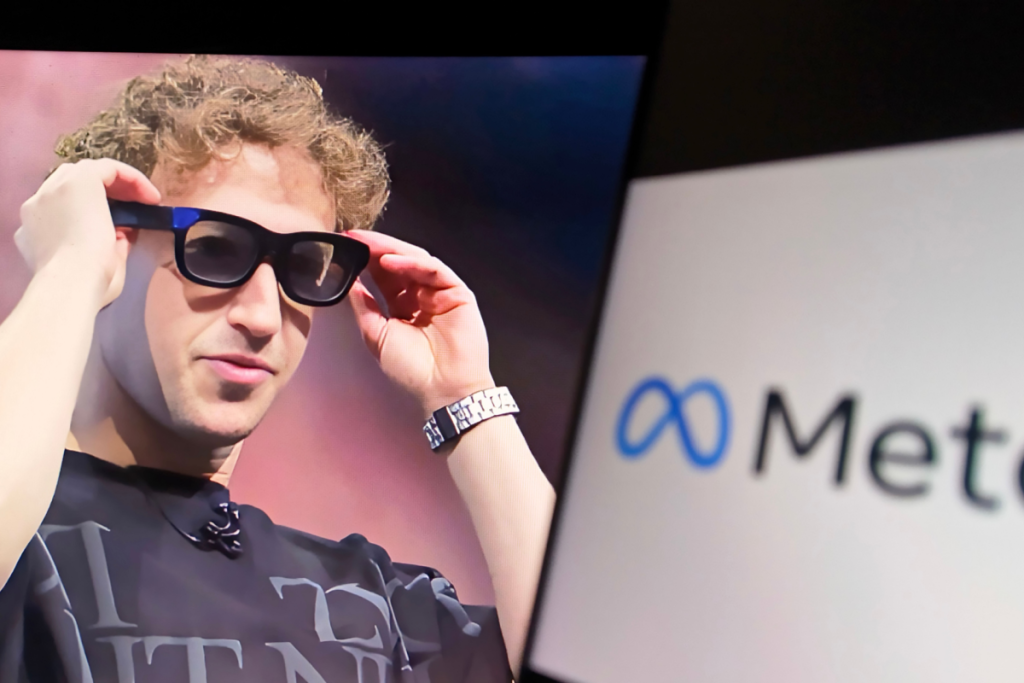From VR to Glasses
Meta will unveil its most advanced smart glasses, codenamed Hypernova, at its Connect event on Wednesday. The $800 device features a small display and gesture control via a neural wristband, marking Meta’s first consumer glasses with a built-in screen. The launch follows years of heavy investment in VR, where adoption has lagged. With Reality Labs reporting nearly $70 billion in losses since 2020, analysts say Meta is pivoting toward a more practical and mass-market bet.
Investor Pressure Builds
Wall Street has long questioned Reality Labs’ mounting costs. The division posted a $4.53 billion operating loss in the second quarter alone. Still, analysts see promise in smart glasses compared with headsets, which remain niche. Bank of America’s Justin Post said glasses could be “much more impactful and more mass market” than VR. The success of Ray-Ban Meta glasses, which tripled sales year-over-year, shows consumer interest exists if pricing and functionality align.
Competition and Risk
At $800, Hypernova will cost more than double the Ray-Ban Meta glasses, raising questions about demand. Meta reportedly expects modest sales but hopes the unveiling generates momentum. The risk, analysts warn, is consumer rejection of smart glasses with displays. Apple and Google are both developing rival devices, with Google partnering with Warby Parker and Apple advancing its own project. If rivals successfully leverage iOS and Android ecosystems, Meta’s advantage could be short-lived.
AI Integration at the Core
Meta aims to position glasses as the next personal computing platform, integrating AI at the hardware level. Its $14.3 billion investment in Scale AI reflects a strategy to make glasses a portal for advanced AI features. Analysts like Leo Gebbie of CCS Insight see Connect as a “chance to break through with a new product category.” But to succeed, Meta must build an ecosystem of developers creating apps that drive adoption beyond novelty. The unveiling will be a critical test of whether Meta can shift its metaverse vision from costly VR headsets to viable consumer hardware.


